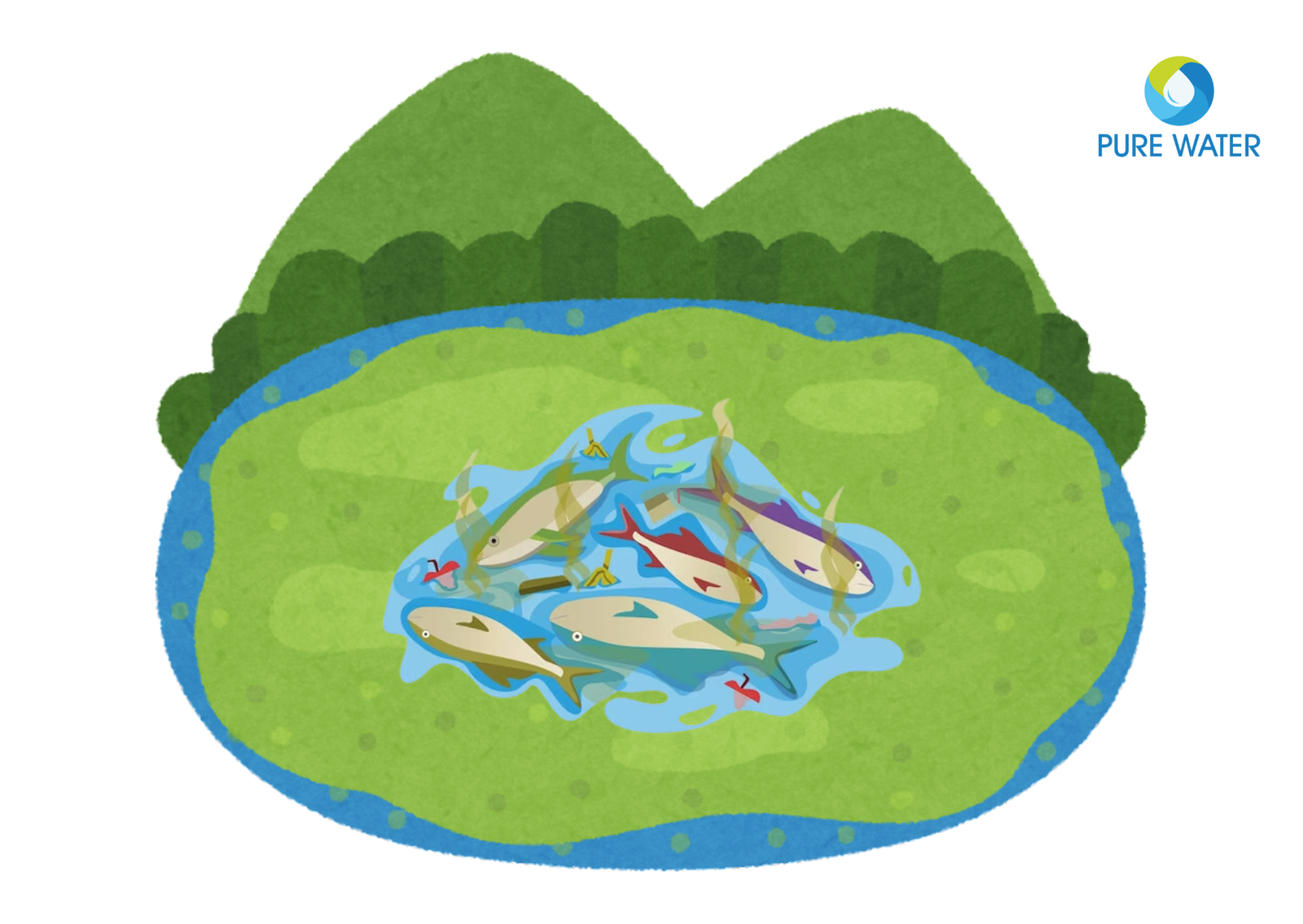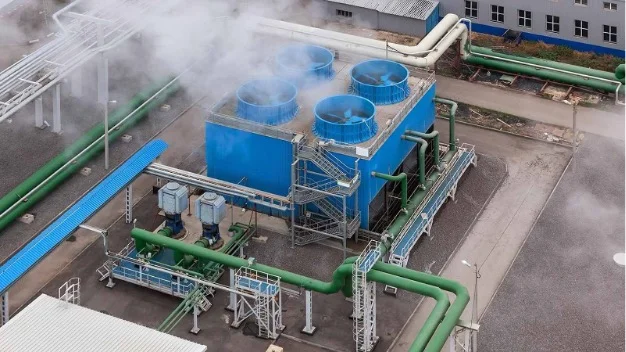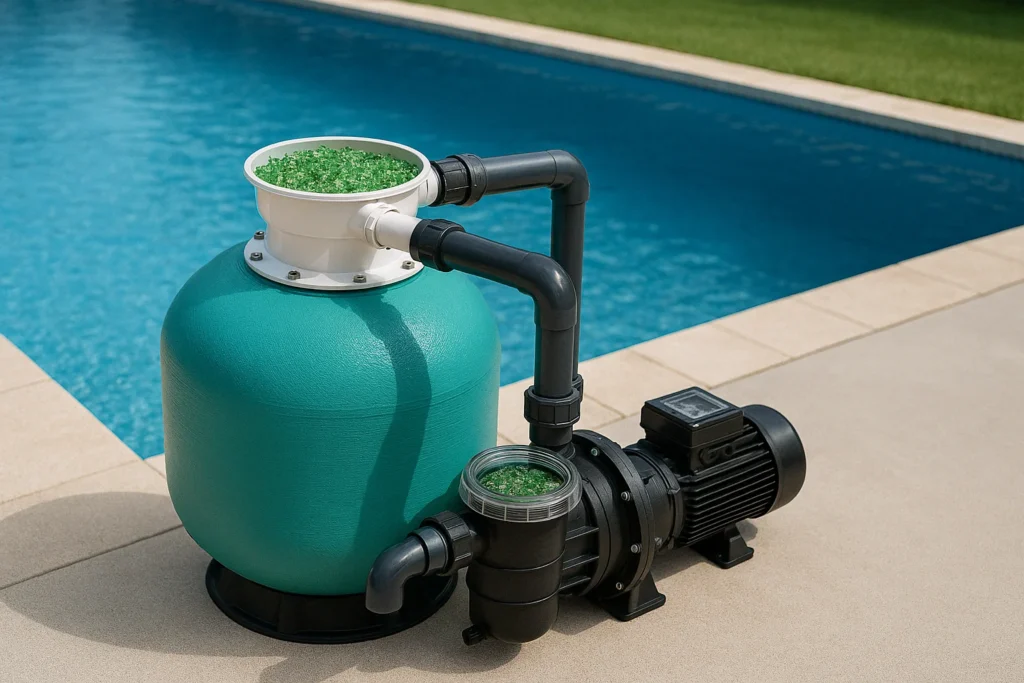
The health of aquatic ecosystems is intrinsically linked to the quality of water they inhabit. As human populations grow and urbanization expands, wastewater discharge becomes a critical concern for preserving aquatic life.
Nutrients like nitrogen and phosphorus, while essential for plant growth, can lead to detrimental consequences when present in excess in water bodies. In this blog, discuss the importance of nutrient removal techniques in wastewater treatment and how this safeguards aquatic ecosystems.
What is Nutrient Pollution?
Nutrient pollution occurs when there is an overabundance of nitrogen and phosphorus in water bodies, typically stemming from wastewater discharge, agricultural runoff, and industrial processes.
These nutrients act as fertilizers, promoting the growth of algae and aquatic plants. While some level of nutrients is natural and necessary, excessive levels can lead to harmful algal blooms, oxygen depletion (hypoxia), and ultimately, the degradation of aquatic habitats.
The Role of Wastewater Treatment Plants
Wastewater treatment plants play a crucial role in mitigating nutrient pollution before treated effluent is discharged into water bodies. Traditionally, treatment processes focused on removing solids and pathogens from wastewater. However, with increasing recognition of nutrient impacts on water quality, modern treatment plants incorporate specialized techniques for nutrient removal.
Various Nutrient Removal Methods
- Biological Nutrient Removal (BNR): BNR processes use specific bacteria to convert nitrogen compounds (ammonia) into nitrogen gas through nitrification and denitrification. This process reduces nitrogen levels in wastewater before discharge, minimizing its impact on receiving waters.
- Chemical Precipitation: Chemical additives such as alum or ferric chloride can be added to wastewater to precipitate phosphorus, forming insoluble compounds that can be separated from the water during treatment.
- Advanced Oxidation Processes (AOPs): AOPs utilize chemical reactions involving ozone, hydrogen peroxide, or UV light to break down organic pollutants and oxidize nitrogen and phosphorus compounds to less harmful forms.
- Constructed Wetlands: Natural or engineered wetlands can be used to treat wastewater by promoting the uptake and storage of nutrients by plants and microbial communities, enhancing water quality before discharge.
Benefits of Nutrient Removal
- Preservation of Biodiversity: By reducing nutrient levels in water bodies, nutrient removal techniques help maintain balanced aquatic ecosystems, supporting diverse flora and fauna.
- Protection Against Harmful Algal Blooms: Lower nutrient concentrations limit the occurrence of algal blooms that can produce toxins harmful to aquatic organisms and humans.
- Improvement of Water Clarity: Reduced nutrient levels lead to clearer water, allowing sunlight to penetrate deeper and support submerged aquatic vegetation crucial for aquatic habitat.
The Inclination towards Biological Treatment
Biological treatment stands out as one of the best methods for wastewater treatment due to its effectiveness in degrading organic pollutants using natural processes. Unlike chemical treatments that can introduce additional pollutants into the environment, biological treatment harnesses the power of microorganisms to break down organic matter into harmless by-products like water and carbon dioxide.
This approach not only minimizes environmental impact but also promotes sustainability by utilizing renewable resources and reducing energy consumption compared to traditional methods. Additionally, biological treatment systems are versatile and can be tailored to target specific contaminants, making them adaptable to various wastewater compositions and treatment needs.
Nutrient removal techniques in wastewater treatment are indispensable for preserving aquatic life and ensuring the health of our water resources. By implementing and enhancing these techniques, wastewater treatment plants play a pivotal role in minimizing nutrient pollution and safeguarding aquatic ecosystems for future generations.
As awareness grows and technology evolves, continued investment in sustainable wastewater management practices will be essential to achieve long-term environmental stewardship and aquatic biodiversity conservation.
Get in touch with us at info@purewaterent.net to know more about our biological treatment solutions and how we can help you do your bit to preserve aquatic life!





